Scotland's Best B&Bs
We've picked 3 historic towns and villages for you to explore while staying at Scotland's Best B&Bs. From Linlithgow near Edinburgh and Jedburgh in the Scottish Borders, to Wick in the Highlands, the history of Scotland is ready to be discovered around every corner.
Just 20 miles from Edinburgh, The Royal Burgh of Linlithgow retains much of its character and charm dating from medieval times. The town and its Palace were known as the pleasure grounds of Scottish Royals for centuries. Originally started in 1424 by James I of Scotland, the Palace went on to be the birthplace of James V and Mary Queen of Scots.
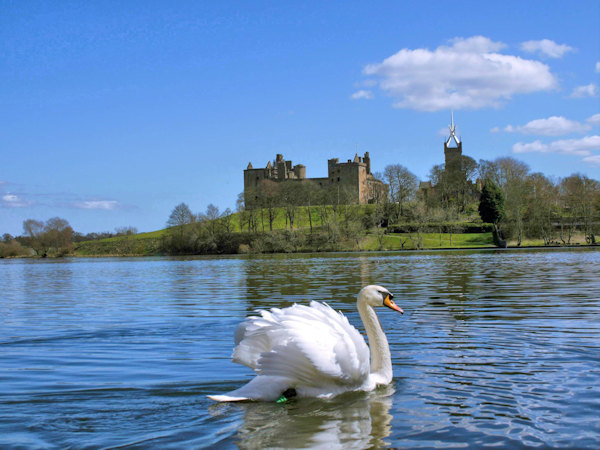
These magnificent ruins are now in the care of Historic Scotland. Jousting, ceilidh dancing and ghost walks are just some of the regular events here. Outlander fans will recognise Linlithgow Palace as Wentworth Prison in the TV series. It was also filmed in the movie 'The Outlaw King' about Robert the Bruce. The palace sits by the loch which was all part of the historic royal park and is now a haven for wildlife.
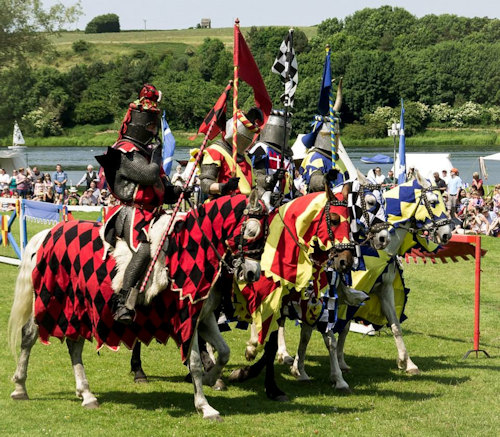
Linlithgow was renowned for its wells and the striking Cross Well in the town centre is covered by a fountain shaped like an imperial crown. St Michael’s Parish Church (where Mary, Queen of Scots was baptised) dates back to medieval times and now has an eye-catching spire which replaced the old stone crown.
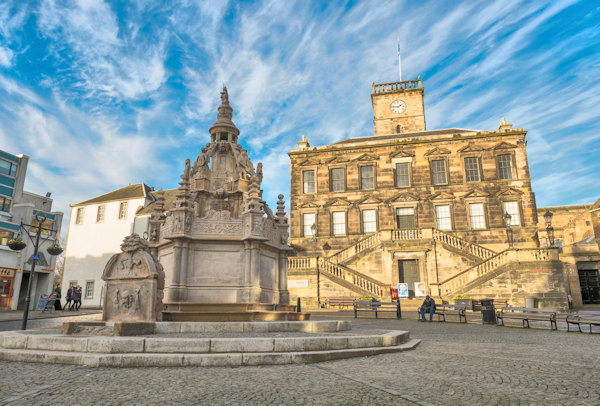
Linlithgow also sits on the Union Canal and you can take a canal boat trip crossing the Avon Aquaduct which is the longest and tallest in Scotland, and the second longest in Britain.
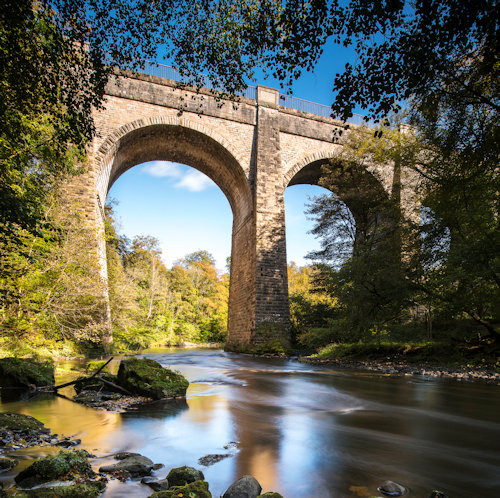
Beecraigs Country Park (913 acres / 370 hectares) in the nearby Bathgate Hills is another wonderful place to explore with miles of crisscrossing woodland paths and the Animal Centre where you can see Red Deer, Highland Cattle, Belted Galloways and Hebridean and North Ronaldsay Sheep. It is nestled high in the Bathgate Hills near the historic town of Linlithgow. Beecraigs is open throughout the year and admission is free. The Park also offers mountain bike trails, an adventure play area and Visitor Centre.
With its excellent rail connections to Edinburgh, Stirling, Perth, Falkirk and Glasgow, Linlithgow is a convenient base for exploring Central Scotland.
Annual events in the town usually include the Linlithgow Civic Festival and Marches (June) and the Linlithgow Folk Festival (September).
Just 4 miles away is the village of Blackness which was the seaport that served Linlithgow in medieval times. Today you can visit Blackness Castle which stands beside the Firth of Forth, and was built in the 15th century by the Crichtons - one of Scotland’s most powerful families. In the Outlander TV series, the castle represents Fort William. Also nearby is Midhope Castle which was 'Lallybroch' in Outlander.
Scotland's Best B&Bs near Linlithgow:
Arden House (2 miles from Linlithgow)
Parkhead House, Hopetoun (7 miles from Linlithgow)
This jewel of the Scottish Borders was made a Royal Burgh in the 12th century. Its location just 10 miles from the border with England meant it was often at the heart of conflict and cross-border raids.
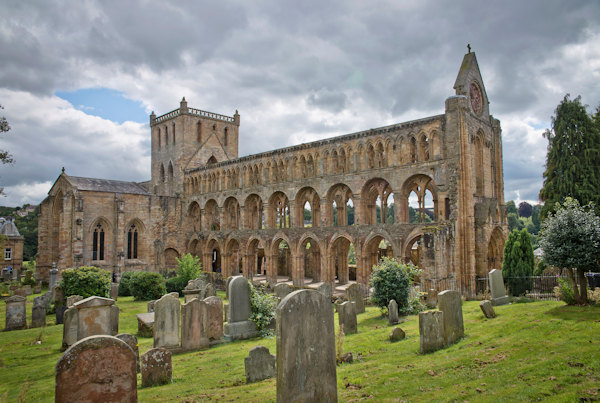
Jedburgh is home to a magnficent red sandstone Abbey founded by David the first of Scotland in the 12th century. Along with Melrose, Kelso and Dryburgh, this is one of the four great abbeys established in the Borders, and is just 40 miles inland from Holy Isle and Lindisfarne. Now in the care of Historic Scotland, Jedburgh Abbey was originally home to Augustinian monks who probably came from France.
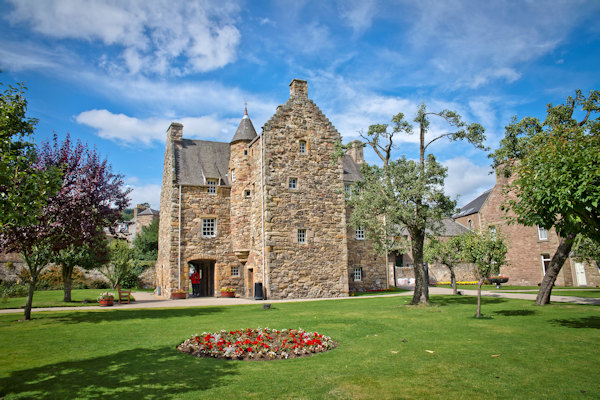
Two of the town's other most popular historic attractions both offer free admission. Experience what life was like for prisoners in the 1820s at Jedburgh Castle Jail and Museum. You can walk through the original cell blocks of this Georgian jail which is the finest remaining Howard reform prison in Scotland. Close by is the Mary Queen of Scots' Visitor Centre which is set in a 16th century towerhouse where she stayed in 1566 after visiting the Earl of Bothwell at Hermitage Castle (40 miles away).
Enjoy a riverside walk by the Jed Water or take in the colourful renovated buildings in the Market Place and Canongate. The town has lots of independent shops and cafes, and you can pick up a copy of the Jedburgh Town Trail from the tourist information office.
You will find an unusual serpentine-shaped stone sculpture in Lothian Park in honour of James Hutton, known as 'The father of geology'. This 18th-century geologist discovered rock formations in Scotland which became known as Hutton's Unconformity and revolutionised the way scientists calculated the age of the Earth.
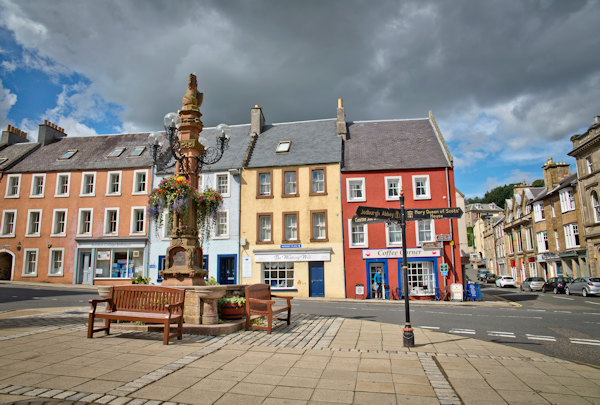
The Common Ridings are traditional horse ride outs dating back to the 16th century when constant surveillance was needed. Jedburgh's Callant Festival takes place from May to July with 8 spectacular ride outs. Other annual events here usually include the Jedburgh Border Games (July), Scottish Borders Walking Festival (September) and Jedburgh Running Festival (October). The Jedburgh Sevens rugby competition (May) is part of a wider tournament with neighbouring towns in the Borders. It was a butcher from Melrose who came up with the idea of rugby sevens in the 19th century and the games have 7 minutes for each half and teams of 7 players.
This part of the Scottish Borders is perfect for walking, cycling, horse riding, golf and other outdoor activities. The Borders Abbeys Way (68 miles) is a long-distance footpath which is recognised as one of Scotland's Great Trails by Scottish Natural Heritage.
Scotland's Best B&Bs in the Borders:
Mill House near Kelso
Torbeckhill B&B near Lockerbie
Abbotshaw House near Langholm
There is early settlement evidence dating back to the Iron Age and the name Wick is thought to originate from a Norse word, vík, meaning bay. In the 8th century an Irish missionary called St Fergus lived in Wick and is known as the patron saint of the town. During its chequered history, this part of Caithness was once ruled by Norway. Wick itself was granted royal burgh status by James VI in 1589 and its heyday came in 19th century when it was the busiest herring port in Europe.
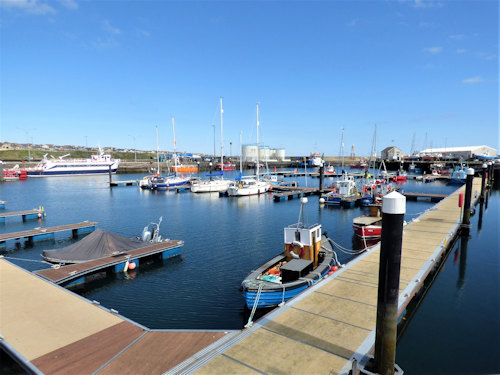
Cross the River Wick and you will find yourself in Pulteneytown which was designed in a grid pattern by Thomas Telford to house the crofters who were being forced from their homes during the Highland Clearances and encouraged to gain employment as fishermen. Lord Pulteney was Governor of the British Fisheries Society and a patron of Thomas Telford whose work can still be seen across Scotland today in numerous bridges, churches and the great engineering feat of the Caledonian Canal. Take a stroll around leafy Argyle Square to get a sense of days gone by. Pulteneytown is also home to Old Pulteney whisky distillery, established in 1826, and which now offers guided tours and tastings.
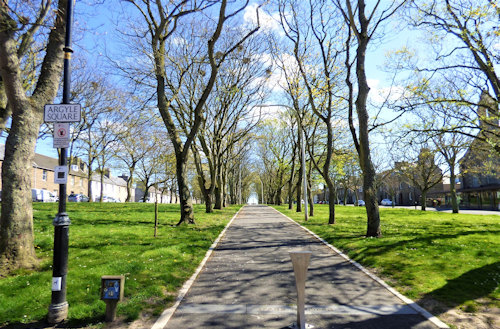
Open from Easter to October, Wick Heritage Centre is where you can learn about local history with displays showing a kippering kiln, a working lighthouse and a cooperage. As well as rooms set out as they would have been in days gone by, the centre also houses the Johnston Collection of some 40,000 photographs depicting 115 years of history. The Wick Society which runs the centre also looks after Scotland's oldest remaining fishing boat, Isabella Fortuna, which is usually berthed in Wick Harbour during the summer months. In the winter she is housed in an old lifeboat shed on the south bay.
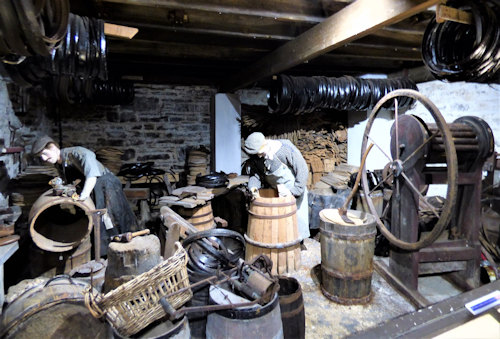
Wick is one of the larger towns on the North Coast 500 route which is a great way of exploring the rugged coastline and secluded beaches of Caithness, together with the area's castles, distilleries and prehistoric sites. It is linked to Inverness by train on the scenic Far North Line. You can continue further north to the famous village of John O'Groats or take the ferry over to Orkney.
Scotland's Best B&Bs near Wick:
Auld Post Office B&B
Sharvedda
Sign up to Scotland's Best B&Bs Newsletter to receive our Latest Offers and Packages.
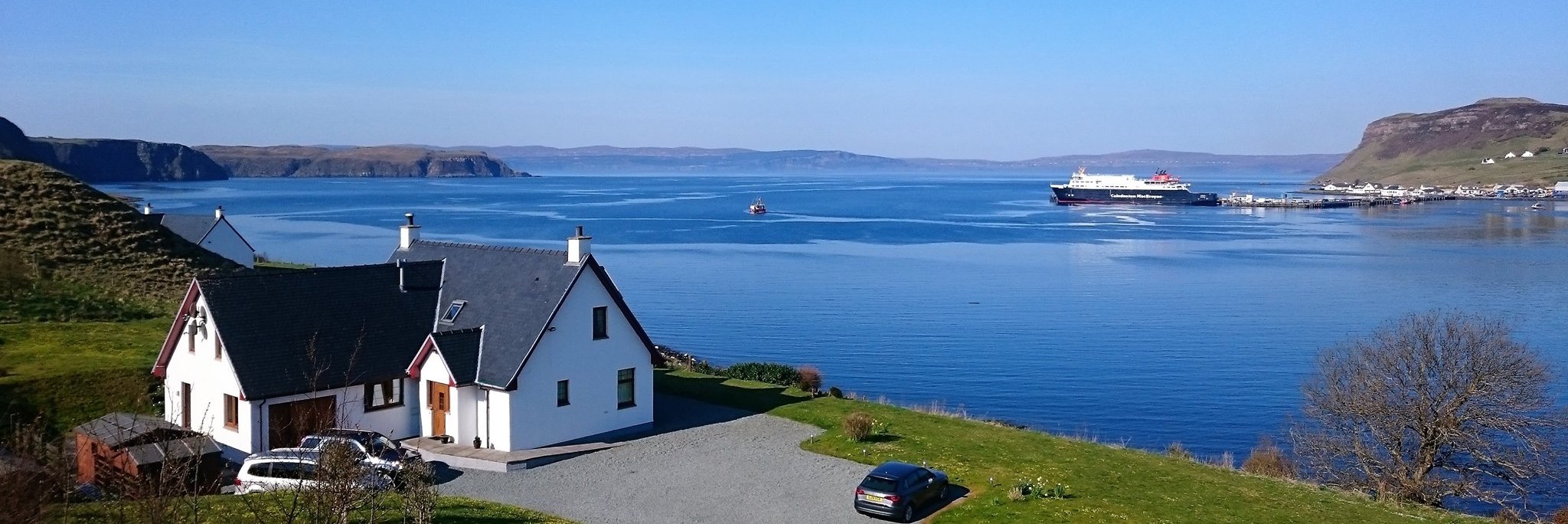
Please feel free to share the content of this page with your friends – simply click on where you would like to share it.